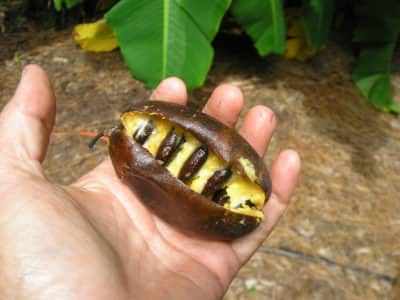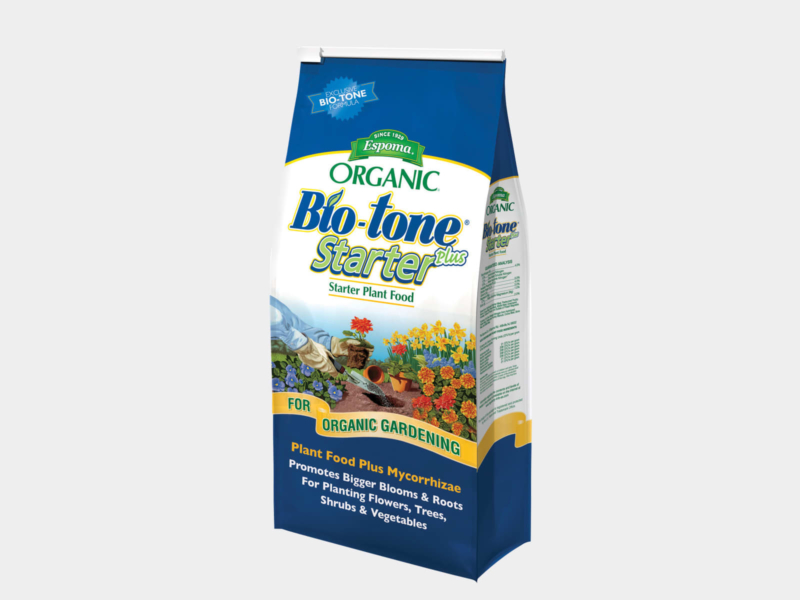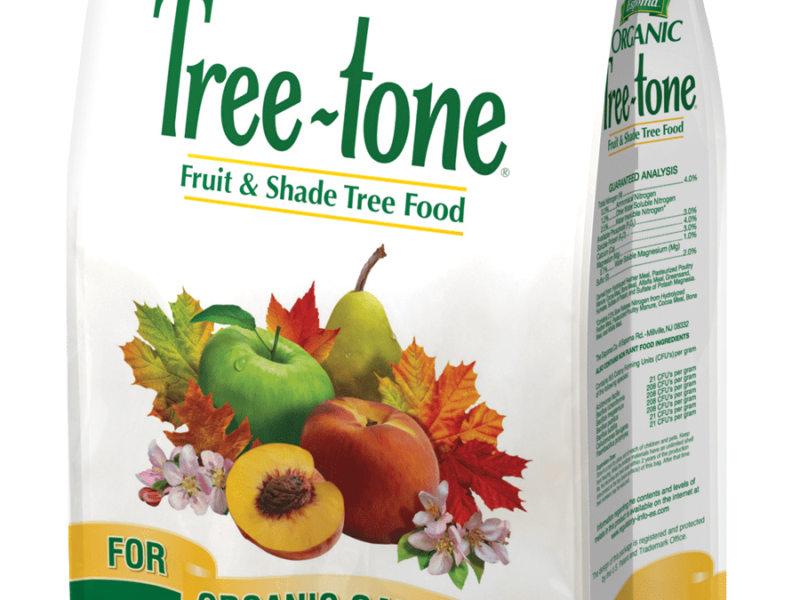Gainesville #2 Pawpaw Tree
100% Shipped in Pot, Just like buying in person.
The Gainesville #2 Pawpaw Tree is a must-have for any fruit lover. Known for its deliciously creamy and tropical-flavored fruits, this tree is easy to grow and thrives in a variety of climates. Order online now and enjoy the taste of this unique and exotic fruit from your own backyard.
Out of Stock
This product is currently not in stock. Please add it to your wishlist to be notified when it’s available.
Recommended with Gainesville #2 Pawpaw Tree
- Product Description
- Planting & Care
- Shipping Info
Gainesville #2 Pawpaw: Paradise in Your Backyard
About the Fruit
Delight in the unique taste of the Gainesville #2 Pawpaw, the hidden gem of American fruit trees. This indigenous delicacy is known for its creamy texture and a tropical flavor profile reminiscent of bananas, mangoes, and a hint of melon. The large, greenish fruits captivate with their custard-like flesh, making them perfect for fresh eating, baking, or creating gourmet ice cream. The Gainesville #2 Pawpaw is a must-try for those who appreciate rare and sumptuous flavors.
What to Know About the Tree
The Gainesville #2 Pawpaw tree presents a splendid display of deep green foliage that turns a brilliant yellow in the fall. This deciduous wonder grows up to 15-25 feet tall and sports a pyramidal to rounded canopy. In spring, it is adorned with unique, purple, bell-shaped flowers, adding charm to any garden space. The tree’s manageable size and attractive form make it a versatile addition, whether planted as a focal point or as part of a naturalized group.
Harvest Season
As the summer warmth wanes, anticipation builds for the Gainesville #2 Pawpaw’s harvest season. From late August through October, the trees bear their bountiful fruit, ready to be plucked and enjoyed. This period not only rewards the palate but also brings a sense of satisfaction and connection to the natural cycle of growth in your own backyard.
Enhancing Your Fruitscape™
Imagine stepping out into your garden and being greeted by a lush, edible paradise. Integrating the Gainesville #2 Pawpaw into your fruitscape™ offers a visual and gastronomic feast. Its attractive form, delightful flowers, and gorgeous fall foliage contribute to a diverse and vibrant garden ecosystem. Beyond beauty, this tree is a conversation starter and a source of rare, delectable fruits, elevating the concept of home gardening. With the Gainesville #2 Pawpaw, you’re not just landscaping; you’re crafting a living, breathing fruitscape™.
Choose Just Fruits and Exotics for your Gainesville #2 Pawpaw tree and enjoy the confidence of a 100% shipped-in-pot guarantee, superior packaging, easy shipping, and the expertise of a nationally renowned, family-owned nursery. We offer a trusted online plant purchasing experience, infused with a local-friendly vibe. Bring home exotic flavors and transform your garden into a fruitscape™ that stands out with elegance and taste.
| Cold Hardy | (20°)-(15°) |
|---|---|
| Container Plant | No |
| Grafted | Yes |
| Growing Zone | 5A, 5B, 6A, 6B, 7A, 7B, 8A, 8B, 9A |
| Mature Height | 12-16 FT |
| Mature Width | 8-10 FT |
| Pollinator | Self Fertile |
| Spacing | 8-10 FT |
| Sunlight | Full Shade |
Recommended Fertilizers
Starter Fertilizer: Kickstart with Espoma Organic Bio-tone® Starter Plus. This potent blend boosts root mass and aids in mitigating transplant shock, ensuring your plants thrive in their new home.
Maintenance Fertilizer: For continued growth and fruit production, we recommend Espoma Organic Tree-tone Fertilizer. Designed specifically for fruit trees, this balanced formula nourishes your plants, promoting vibrant growth and bountiful harvests.
Fruitscaping™ with Paw Paw Trees
Invite the allure of the uncommon into your garden by Fruitscaping™ with our Paw Paw Trees. These native North American trees yield an extraordinary fruit that offers a custard-like texture and a tropical flavor, often compared to a blend of banana, mango, and melon.
Paw Paw trees are prized not only for their unique fruits but also for their striking beauty. With large, drooping leaves that provide excellent shade, and inconspicuous purple-brown flowers that bloom in spring, these trees add an element of mystery and enchantment to any landscape.
Growing best in rich, well-drained soil, Paw Paw trees prefer a slightly acidic pH. They love the sun but can tolerate some shade, making them a versatile addition to your Fruitscaping™ plans. Pair them with berry bushes, apple trees, or other native plants to create a diverse and sustainable fruit garden.
Remember that Paw Paws are pollinated by flies and beetles, not bees, so consider your overall garden ecosystem when planting. It’s also recommended to plant at least two Paw Paw trees for proper cross-pollination and fruit production.
Fruitscaping™ with Paw Paw Trees is an exciting adventure. From nurturing these unique trees to tasting the exotic fruits, each step in this gardening journey adds a layer of joy and fulfillment. With our Paw Paw Trees, you can enjoy both the beauty of nature and the delight of homegrown fruits.
Growing Guides
You can find many planting & care guides on our growing guides page.
Shipping Restrictions
Unfortunately, We Cannot Process Orders to California, Hawaii, Alaska, or Internationally: Please note that due to specific agricultural regulations, we’re unable to ship any plants to the states of California, Hawaii, and Alaska, or outside the United States. Additionally, citrus trees can only be shipped within the state of Florida.
Shipping Information
Before Your Plants Arrive: You can find many guides on unpacking, planting, & care, on our growing guides page.
The Journey From Our Nursery to Your Door: We NEVER ship our plants bare root. Your plant will travel in the very container in which it was nurtured. We thoroughly prune and water them before packing, and make sure they’re well wrapped to retain moisture during transit. It’s as though you’ve personally collected them from our nursery!
Choose Your Ship Date: We understand you’ll want to be available when your plant arrives. Our checkout process features a handy calendar that allows you to choose the Monday on which you want your plant to ship. Depending on your location, you’ll likely receive your plant by Wednesday, Thursday, or Friday of that week. Once shipped, UPS will generate a tracking number and send it to the email you provided. You can then follow your plant’s journey and ensure someone is available to unpack it on arrival day.
Click Here To View Our Shipping Page For More Information & Packing/Unpacking Plants Videos
Growing Calendar
- Planting
- Pruning
- Harvest





